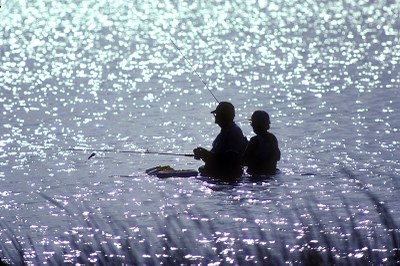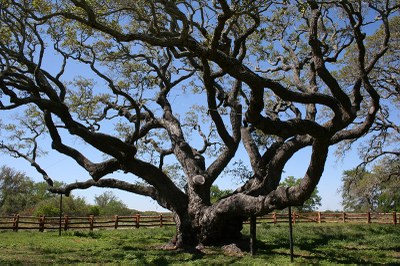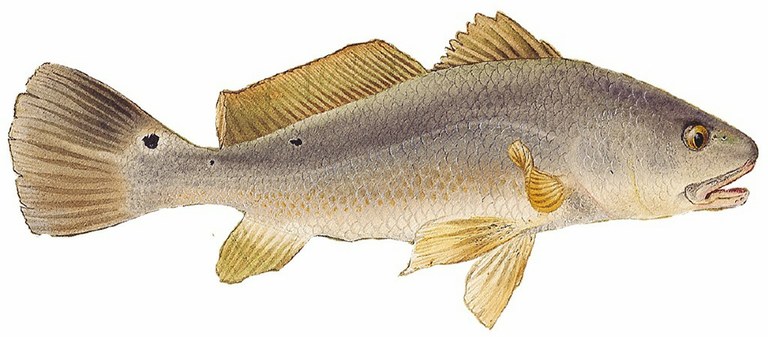Nature
 Goose Island State Park sits at the southern tip of Lamar Peninsula amid the bays and estuaries of the Texas Gulf Coastal Bend. It has two distinct parts: the mainland and the island.
Goose Island State Park sits at the southern tip of Lamar Peninsula amid the bays and estuaries of the Texas Gulf Coastal Bend. It has two distinct parts: the mainland and the island.
Mainland
The mainland consists of live oak / red bay woods with yaupon holly, American beautyberry, coralbean and wax myrtle. A portion of tallgrass prairie exists here, also, with bushy bluestem and saltgrass.
Wildlife observation and photography opportunities abound. You may see white-tailed deer, raccoons, armadillos, foxes, squirrels, cottontail rabbits and over 300 varieties of birds. The endangered whooping crane feeds on berries and blue crabs found in the coastal wetlands around Goose Island State Park.
Island
The oyster shell island has a shell ridge and marshland. Plants on the shell ridge portion of the island include sea ox-eye daisy, wolfberry, sea purslane, baccharis and seashore dropseed grass. Smooth cordgrass, marsh-hay cord grass, saltgrass, saltwort and glasswort grow in the marsh. Seagrass beds and oyster reefs fill the bays around Goose Island.
Red drum, speckled trout and flounder are just a few of the fish that live in the bays.
For more information:
- Great Texas Wildlife Trails: Aransas Loop – best wildlife viewing in this area.
- Just for kids: Wondrous Wetlands.
The Big Tree
 The Big Tree at Goose Island State Park was named the State Champion Coastal Live Oak (Quercus virginiana) in 1966. The San Bernard Oak on the San Bernard National Wildlife Refuge dethroned it in 2003. The Big Tree is still one of the largest live oak trees in Texas and in the nation.
The Big Tree at Goose Island State Park was named the State Champion Coastal Live Oak (Quercus virginiana) in 1966. The San Bernard Oak on the San Bernard National Wildlife Refuge dethroned it in 2003. The Big Tree is still one of the largest live oak trees in Texas and in the nation.
The "Big Tree" statistics:
- Trunk circumference: 35 feet 1.75 inches or 10.71 meters
- Average trunk diameter: 11 feet 2.25 inches or 3.41 meters
- Crown spread: 89 feet or 27.1 meters
- Height: 44 feet or 13.4 meters
- Age: Exact age is unknown - but it is centuries old.

